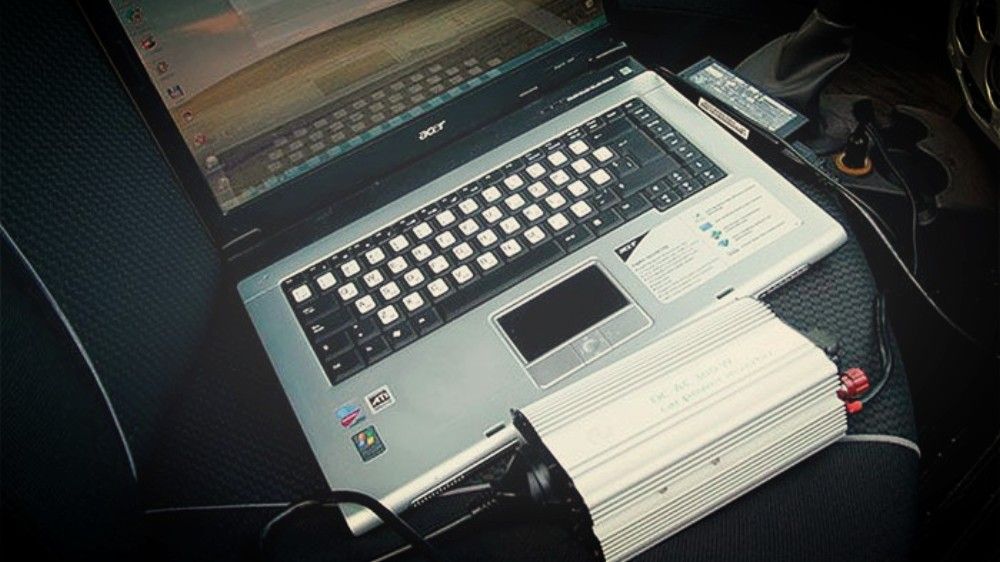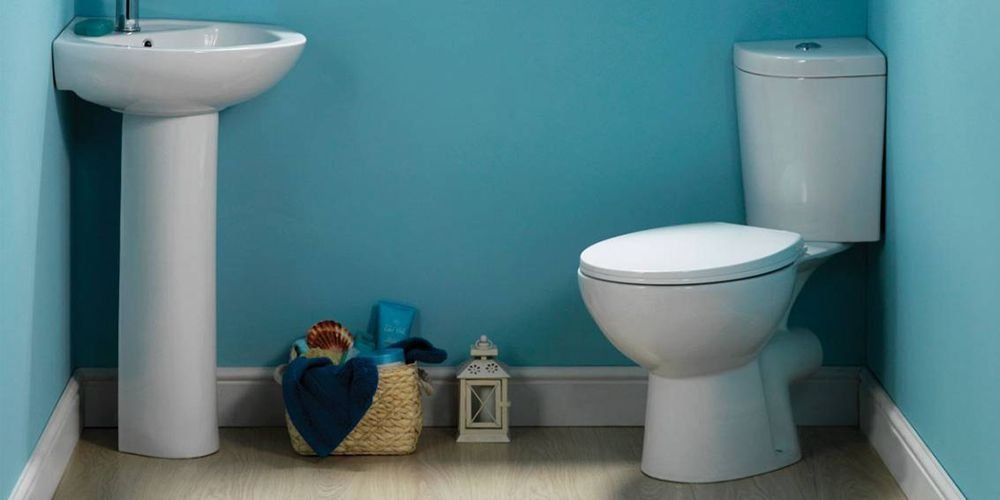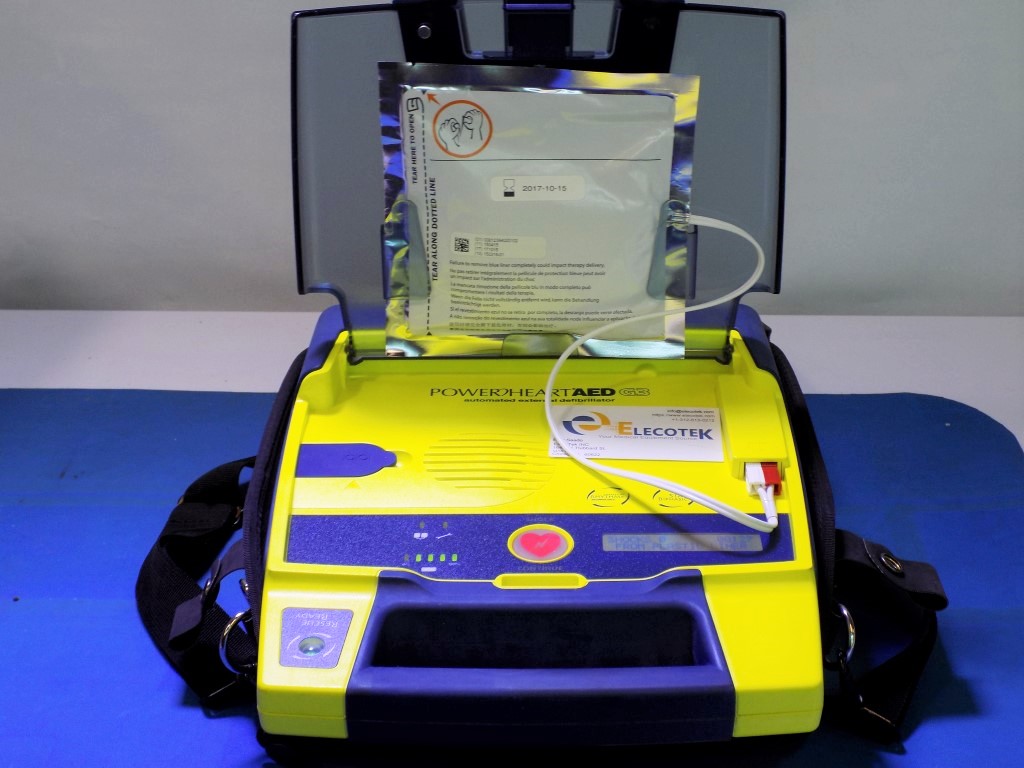Virtual reality glasses HTC Vive Focus - advantages and disadvantages

For most people, virtual reality still seems to be something fantastic, but for some it is not difficult to plunge into the virtual world, and this is facilitated by the rapid development of VR technologies.
Nowadays, popular models of VR glasses that help conquer cyberspace are becoming more and more interesting. Top manufacturers showcase their advances in virtual reality. But few will dare to challenge the leadership of HTC VR glasses. New products from this company attract a lot of attention. Therefore, in this article we will analyze the reasons for the popularity of these models using the example of the HTC Vive Focus - 3D glasses with their own screen, although, of course, you can fully experience how this works only by wearing a helmet and plunging into a magical virtual world.
How to choose
First of all, before purchasing glasses, it would be good to understand what virtual reality is, because many budget options are not able to completely immerse you in another world, but only create an imitation.
Virtual reality allows, though for a while, to completely detach from existing life and plunge into the gaming space. And for these purposes, virtual glasses must be endowed with certain characteristics.
Lenses
For human binocular vision to see a completely different reality in front of you in a VR headset, you need two lenses, for each eye. In many virtual glasses, these lenses are located very close to the eyes, blocking the entire field of view and increasing the angle of view. Therefore, when buying, it would be good to pay attention to the FOV parameter indicated in the VR characteristics of the helmet, which indicates the viewing angle.
At the same time, one more important feature of the human eye must be taken into account - this is the shape of the eyes, the features of its structure and the distance between the pupils. Individually, to obtain maximum contrast and clarity of the image, it is necessary to adjust the interpupillary and focal lengths to a certain extent, as on any optical device, and the VR helmet is to some extent. Models of virtual devices with only this adjustment are included in the ratings of high-quality and convenient devices.
Sensors
The next thing to consider when buying is the presence of motion sensors that monitor the turn of the head. In order for the picture not to be static and change with the turn of the head, allowing you to inspect a 360-degree virtual space around you, you need a gyroscope, accelerometer and other motion sensors.
Poor synchronization of images with head movement can cause motion sickness, similar to motion sickness. Sensors allow for better motion detection.
Resolution
The image close to the eyes and enlarged by the lenses, of course, must be displayed on a good quality display, otherwise the picture will consist of individual pixels. The minimum screen resolution should be 1920 * 1080 pixels, and this is not the best option. A high-quality Virtual Reality effect is unlikely to work, individual pixels will be clearly visible.
Criterias of choice
All intake devices can be roughly divided into four categories, which have different characteristics and differ significantly in price.
Inexpensive VR helmets are cardboard, plastic or metal products with two lenses and a hole for a smartphone. You shouldn't expect complete immersion in virtual reality from such devices, but they are quite suitable for simple games and viewing 360-degree video. Plus, they are most often foldable, compact and easy to move.
The price of these devices is inexpensive, but with the quality and reliability of the helmet, the average price will also increase.
The next category differs from the previous one by the presence of additional sensors, focus adjustment, more complex technical parameters, and sometimes the presence of its own screen, due to which head turns in space are more accurately tracked and, accordingly, the video becomes smoother, and virtual reality is more convincing. Such devices are naturally more expensive.
Premium devices have a sophisticated design, their own high-quality screen, audio system and all kinds of tracking sensors, and they no longer connect to mobile devices, but to a computer or game console. They stand out for their excellent graphics quality, surround sound and clear tracking of the player in space. All this makes it possible to more fully immerse yourself in virtual reality and only the presence of wires prevents you from doing this as efficiently as possible.
But the fourth category, which appeared on the market relatively recently, has all the listed advantages, but differs just in complete autonomy from any devices. This category also includes the virtual reality glasses HTC Vive Focus.

Virtual reality glasses HTC Vive Focus
The previous model, HTC Vive, surprised everyone with its functionality, but it had a big drawback, causing discomfort and holding down movement - the presence of wires, so one of the main differences of the new HTC Vive Focus model was complete autonomy without additional connection to a computer or docking station.
| Parameters | Specifications |
|---|---|
| Own screen | Resolution 2880 × 1600 |
| Viewing angle 110 ° | |
| Frequency 75 Hz | |
| Interpupillary distance adjustment | |
| Connectors | micro SD |
| Headphone jack: 3.5 | |
| USB type-c | |
| Memory | Operational 2 GB |
| Built-in memory 16 GB | |
| MicroSD, microSDHC, microSDXC memory card up to 32 GB | |
| CPU | Qualcomm Snapdragon 835 |
| Wireless technology | WiFi, Bluetooth |
| Sensors | approximations |
| Additionally | built-in microphone, front cameras |
Appearance
The model is presented in three colors: blue, light blue and white.
The device is positioned as having 6 degrees of freedom and not restricting movement in any direction.
The helmet comes with a controller, charging cables and documentation.

The helmet is easy to put on and quickly adjusts to the desired size with a Velcro strap and an additional hinged holder that also adjusts the desired headband size and distributes the weight of the device evenly on the head. This wheel adjustment was previously introduced by Sony for the PlayStation.

The built-in speakers produce good sound directed to the ears, isolating from outside noise. The bass is a little lacking, but overall it sounds even better than the Oculus Go.
There is a volume control on the left of the device, and on the top you can individually adjust the lenses for the eyes for maximum contrast.
Built-in front cameras track movement in space.

For storing data, videos or applications, the device has a micro SD slot. The charger is connected via a USB type-c connector, it is also suitable for connecting a computer or phone. The presence of a 3.5 mm mini-Jack makes it possible to additionally connect headphones.
The helmet sits well on the head, without causing fear of falling off with sudden movements.
In general, the device is a bit harsh, but it is quite ergonomic and with convenient mounting and size adjustment.
Camera

For a full VR experience, the glasses are free of any wires or external sensors. Instead, two front cameras are built into the device, controlling the orientation in space. Such cameras provide great opportunities for both solving business problems and playing games.
Orientation in space at a very high level. Unlimited immersion in the world of virtual space with continuous movement tracking, whether outdoors or indoors. To re-center, remove the helmet and wait a few seconds.
Unfortunately, the included controller is not tracked in space and has only 3 degrees of freedom. It is not always convenient to play games with him, but in VR-glasses you can go around obstacles and dodge enemy shots.
When using the camera in mixed reality and displaying real-world rooms, it must be activated in the SteamVR app.
Screen

Built-in native amoled screens, as mentioned above, have the ability to adjust the interpupillary and focal length.
The resolution of each display is 1440 * 1600 pixels, the total 3K resolution is 2880 * 1600. The viewing angle is the same as that of Vive Pro 110 °, but improved frame rate from 90 Hz to 75 Hz.
When launching a 360-degree video, you will first have to load it into the internal memory of the device. it does not launch from a browser, unlike, for example, Oculus Go, which has this option.
There is a fairly simple menu inside the helmet. For small settings, a beautiful user menu is offered, but for more detailed settings there is a standard interface in Russian for an Android smartphone.
Performance
The virtual glasses have a high-performance Qualcomm Snapdragon 835 mobile processor. This chipset is equipped with eight 64-bit Kryo 280 cores and supports LPDD4 RAM, which is considered one of the fastest.
The Adreno 540 graphics chip can produce high definition video at 60 frames per second.
And, of course, the processor supports VR with 3D sound.
How to use
When creating this model, HTC no longer focused on home VR gamers, but included corporate customers in their target audience. Why the device was endowed with several professional functions:
- "Kiosk" mode, which establishes limited access to applications and administration;
- support for remote registration;
- gaze support;
- monitoring and control of multiple headsets at the same time.
But the choice of games is still limited to an application from the Viveport library, which has about 100 game proposals, most of them in Chinese. It is also possible to use one of the applications and the library of available videos on We Are Video.

- convenient and reliable device;
- excellent technical characteristics;
- complete autonomy.
- controller restrictions;
- a small number of applications with games in Russian;
- high price.
Outcome
Virtual reality is gaining more and more fans, but in order not to spoil the impressions of the new world, you need to seriously approach the question: which company is better to buy the device and with what characteristics, although it depends on how much VR glasses will cost. But on the Internet, you can still look for where it is more profitable to buy premium virtual reality helmets.
new entries
Categories
Useful
Popular articles
-

Top rating of the best and inexpensive scooters up to 50 cubic meters in 2024
Views: 97661 -

Rating of the best materials for noise insulation for an apartment in 2024
Views: 95022 -

Rating of cheap analogues of expensive drugs for flu and colds for 2024
Views: 91751 -

The best men's running shoes in 2024
Views: 87680 -

Top ranking of the best smartwatches 2024 - price-quality
Views: 85091 -

Best Complex Vitamins in 2024
Views: 84801 -

The best dye for gray hair - 2024 top ranking
Views: 82406 -

Rating of the best wood paints for interior use in 2024
Views: 77202 -

Ranking of the best action cameras from China in 2024
Views: 75269 -

Rating of the best spinning reels in 2024
Views: 74827 -

The most effective calcium supplements for adults and children in 2024
Views: 72462 -

Top rating of the best means for male potency in 2024 with a description
Views: 68296









